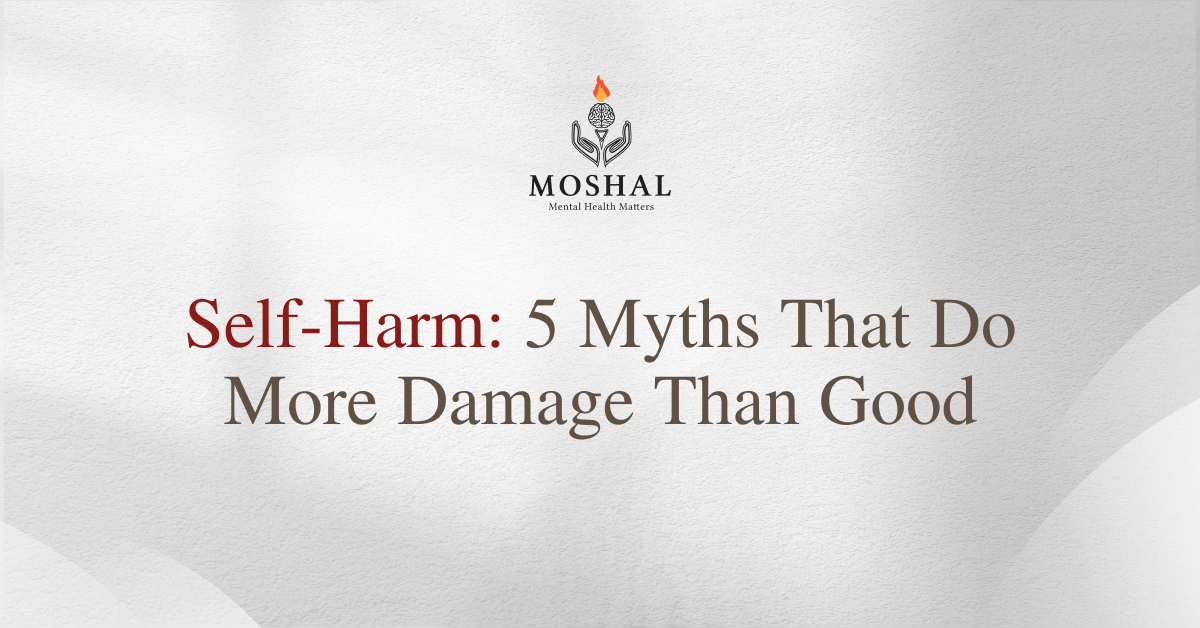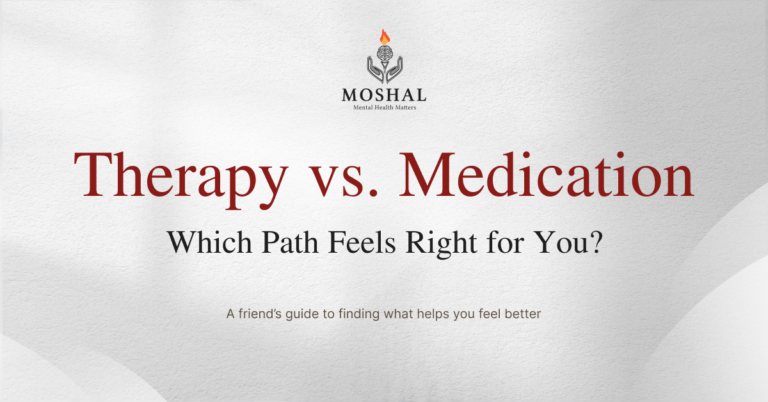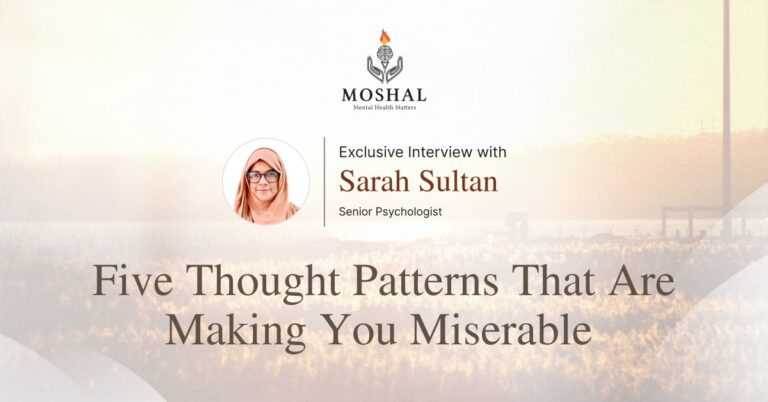
Self-harm is a silent struggle that many adolescents and young adults face, often hidden behind smiles and daily routines. Among these behaviors, Non-Suicidal Self-Injury (NSSI) and suicidal behavior (SB) stand as deeply concerning realities. NSSI involves the deliberate harming of one’s own body through actions like scratching, cutting, burning, or hitting. Not as a means to end one’s life, but as a way to cope with overwhelming emotions. In contrast, suicidal behavior carries the heartbreaking intent to end one’s life. Many people often blur the lines between these two, just as they do with the many misconceptions and myths that surround this deeply complex struggle. Today, we will uncover the most common myths that society blindly accepts misconceptions that not only hinder proper treatment for those struggling with self-harm but also deepen their feelings of isolation, silence their voices, and make their journey even more difficult.
Myth: “Self-injury is a suicide attempt or failed suicide attempt”
Reality: While self-harm and suicidal behavior can sometimes coexist, they are not the same. Many individuals who engage in self-injury do so as a way to manage emotional distress rather than to end their lives. For some, self-harm is a coping mechanism that provides temporary relief from overwhelming emotions, serving as an attempt to feel something or regain control rather than a step toward suicide. However, the presence of self-injury can increase the risk of suicidal thoughts over time, making compassionate intervention crucial. Instead of assuming someone who self-harms is suicidal, it is more helpful to ask how they are feeling and what support they need.
Myth: “Anyone who self-injures is crazy and should be locked up”
Reality: This harmful stereotype further alienates those who are already struggling. Self-harm is not a sign of “craziness,” but rather an indicator of deep emotional pain that a person may not know how to express or process in a healthier way. Many individuals who self-injure struggle with anxiety, depression, trauma, or other emotional challenges, but that does not make them dangerous or beyond help. Instead of judgment, they need understanding, patience, and professional support to explore healthier coping mechanisms.
Myth: “People who self-injure enjoy the pain or they can’t feel it”
Reality: This misconception is based on the assumption that self-harm is done for pleasure. In reality, most people who self-injure do not enjoy the pain itself. Instead, they may experience a temporary sense of relief from emotional distress, a release of tension, or a way to ground themselves in reality when they feel numb. Some individuals may have difficulty processing emotions in traditional ways, and self-harm becomes a physical manifestation of their inner turmoil. The act is often followed by feelings of shame, guilt, or regret, making it even more important to approach them with compassion rather than judgment.
Myth: “Someone who self-injures can stop if they really want to”
Reality: Self-harm is not simply a habit that can be turned off with willpower alone. It often becomes a deeply ingrained coping mechanism, similar to an addiction, where the brain learns to associate self-injury with emotional relief. Expecting someone to stop without addressing the underlying emotional pain is unrealistic and dismissive. Recovery takes time, support, and sometimes professional intervention through therapy, such as cognitive-behavioral therapy (CBT) or dialectical behavior therapy (DBT), which can help individuals find alternative ways to cope.
Myth: “Self-injury isn’t treatable”
Reality: Self-harm is absolutely treatable. While the journey to healing can be complex, many individuals recover with the right support system, therapy, and coping strategies. Treatment approaches such as therapy, support groups, medication (if necessary), and developing healthier emotional outlets can be incredibly effective. The first step is acknowledging the struggle without shame and seeking the necessary help. With time and care, individuals can learn to manage their emotions in ways that don’t involve harming themselves.Understanding the reality behind self-harm is the first step toward supporting those who struggle with it. Dispelling these myths allows us to replace judgment with empathy, ignorance with education, and silence with open conversations. If you or someone you know is engaging in self-harm, know that help is available, and healing is possible. No one should have to navigate this journey alone.
Written by,
Ohona Anjum Jui
Content Writing Executive






This is a wonderful article! Looking forward to reading more articles like this. 🫶🏻✨
Insightful